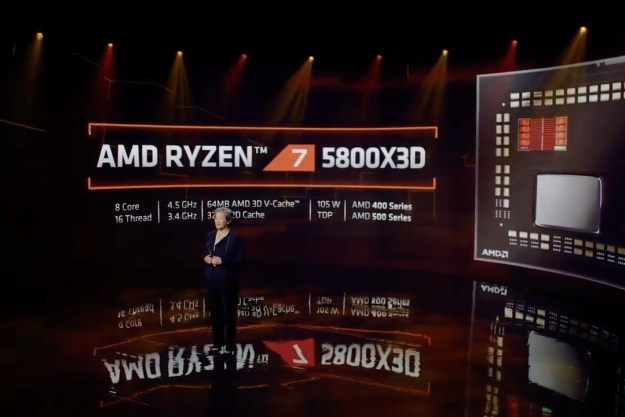We love our toys and enjoy playing with them in the office. One of our favorites gadgets is the foam dart gun. That’s why our interest was piqued when we found one on Kickstarter. But this is not just another dart launcher — according to the product’s KS page, this is a “3D-printed, robotic, Web enabled, high powered, fully automatic, Foam Dart Launcher.” The project launched on February 12, and as of this writing has just under $13,000 to go to hit its $15K goal by March 13.
Aside from the hardware and electronics (the circuitry, wires, etc.) the FDL-1 is completely 3D printed. It can be printed on nearly any consumer printer that has a minimum build size of 6 inches in each dimension. Very little support and bridging is required in printing the pieces. The printer filament is available in a variety of colors, so you can create your own unique color combinations.
Related: Mattel’s new ThingMaker is a $300 3D printer that lets kids print their own toys

“On the surface the FDL-1 looks and acts like a typical foam dart launcher. Why not just go to the store and buy an off the shelf blaster for under $100? The answer is it is more than just a toy. It is a robotics kit,” reads the product description. “Its purpose is not only to shoot and play with but also to learn from. In the process of building your FDL-1 you will learn about robotics, simple machines, electronics, programming, the Internet of things, and 3D printing.”
The FDL-1 is robotic, rather than fully mechanical, so it is controlled by a programmable Particle Photon microchip. Thus, users can tune and tweak it to their heart’s content. It can perform pre-programmed commands and repetitive maneuvers and can be aimed at given targets.
The FDL-1 claims the fastest launch speed of any foam dart blaster on the market. The flywheel motors’ speed can be adjusted on the fly, so you can tone things down or crank it up to “near paintball-level velocities.” Because it’s fully automatic, it can fire an entire clip of a dozen Nerf Mega darts in “a matter of seconds” with one pull of the trigger.
In blaster form, the FDL-1 functions like any other. But it also has a party piece. It can be converted into a turret and be placed on a flat surface or even mounted to a corner (such as the wall of a cubicle). The ability to morph into a stationary form of foam destruction is unlike anything we’ve seen. With built-in Wi-Fi, the FDL-1 (in turret form) can be controlled from virtually anywhere via your phone, tablet, or computer with a Web app. When held as a blaster, Wi-Fi is disabled and a battery in the handle lets it operate free of wires or remote control.
Once the FDL-1 website is launched, Kovarovics will make all the files, schematics, and instructions available free of charge. He hopes that this open-source approach will motivate others to create their own related objects. With the available files, you can print all the parts on your own, while the schematics will provide details on the electronics and hardware components you will need. This will all be provided under a Creative Commons Attribution ShareAlike license. This means that anyone can design, modify, create, and even sell their versions of the FDL-1 as long as the original author is given credit for the original design, and the derivatives carry the same license.
Pledge prices start at $1 for a shout-out on the website, to up to $550+ for a fully assembled FDL-1 that can be transformed between turret and blaster form. In between are various tiers, with the less expensive options giving the backers the materials to print and build their own FDL-1 with selectable colors. For a larger investment, you can get pre-printed components to assemble yourself.
Kovarovics is aiming for a ship date of September for all reward tiers and the gift tier. In the meantime, he will make his final design modifications, launch the site, and release the files and schematics.
Editors' Recommendations
- Nvidia turns simple text prompts into game-ready 3D models
- 3D printed cheesecake? Inside the culinary quest to make a Star Trek food replicator
- This is how you can accidentally kill AMD’s best CPU for gaming
- AMD Ryzen 7 5800X3D beats predecessor, but AMD promised more
- AMD’s revolutionary 3D V-Cache chip could launch very soon


